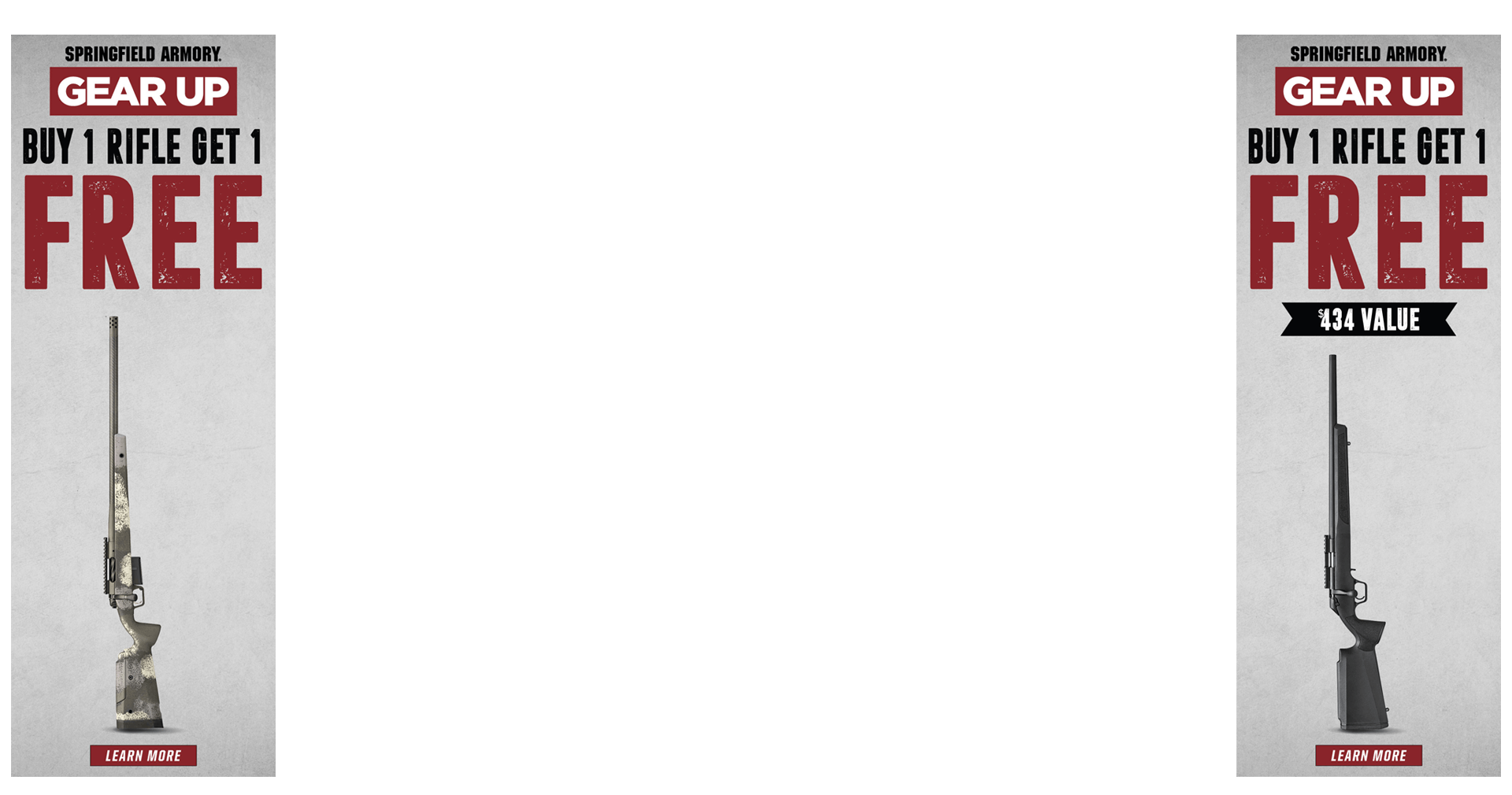Re: MOA adjust
Your right. I can see, nevertheless, how folks can roast their brains about this, since some sight marketers do not come clean on the adjustment resolution of their products. I had an Armalite NM A2 sight advertised as having a 1/4 MOA elevation value. It was actually more like a 1/3 minute value. At the time, I was a somewhat ignorant shooter; and, I trusted the folks at Armalite. But, with zeroing problems, and other distractions, I called Armalite to tell them what I suspected. A technical representative confirmed I was right. He also told me there was not much difference, and that since folks wanted 1/4 minute they labeled it 1/4 minute. He said most folks would not understand the difference. I think he might be right about that. Most folks might not ever be aware of the mislabeling. But, for me, shooting from short range to extreme distance, mislabeling, for awhile, prevented proper analysis of shooter/target error. It was a setback, which cost me time and money. I will never do business with Armalite again.
On another note, as a marksmanship instructor, I see folks brand new to shooting take a proper sight adjustment with irons to refine their zero, and then overshoot it. I see this all the time. Although their sight resolves a 1/4 minute, the shooter resolves maybe a minute at best when just getting into it all. Eventually, even though the shooter may never realize the 1/4 minute resolution of his sight, he will, through its fine resolution, be able to refine the zero for better scores. This is not based on what the shooter can resolve while aiming but instead upon the effect of a particular sight graduation value for velocity/distance . For example...
Once, while shooting at an MR-31, I realized my right-in-there calls were striking the target at 9 o'clock just off the pinwheel X mark. When I put a 1/4 right on the sight, I built another group at 3 o'clock just off the pinwheel X mark. After an entire 20 round string of fire, I had two distinct groups and an X still hanging on by a thread. This all made me think maybe an 1/8th minute value could be useful.
BTW, I can't even resolve a 1/2 minute, so some would conclude what would be the point of an 1/8 minute sight? Apparently, what I can do is hold hard, as well as distinguish my 6 o'clock hold (the relationship between the sight and target) from shot to shot.
Interestingly, the average muzzle velocity of a rifle can complement or thwart sight adjustment too, at any given distance. My 24 inch barreled .308 producing about 2650fps shooting 175's can be zeroed for a pinwheel X at 100 yards; however, a come up for a pinwheel X at 300 yards is not possible, since 18 quarter minute clicks will put me right-in there at 297 yards, while 19 will put 'em right-in-there at 315 yards. Of course this stuff is only academic, and pretty much moot even for LR. However, with pinwheel X's being the goal, if I could adjust the velocity to get more of 'em I'd probably do it.




